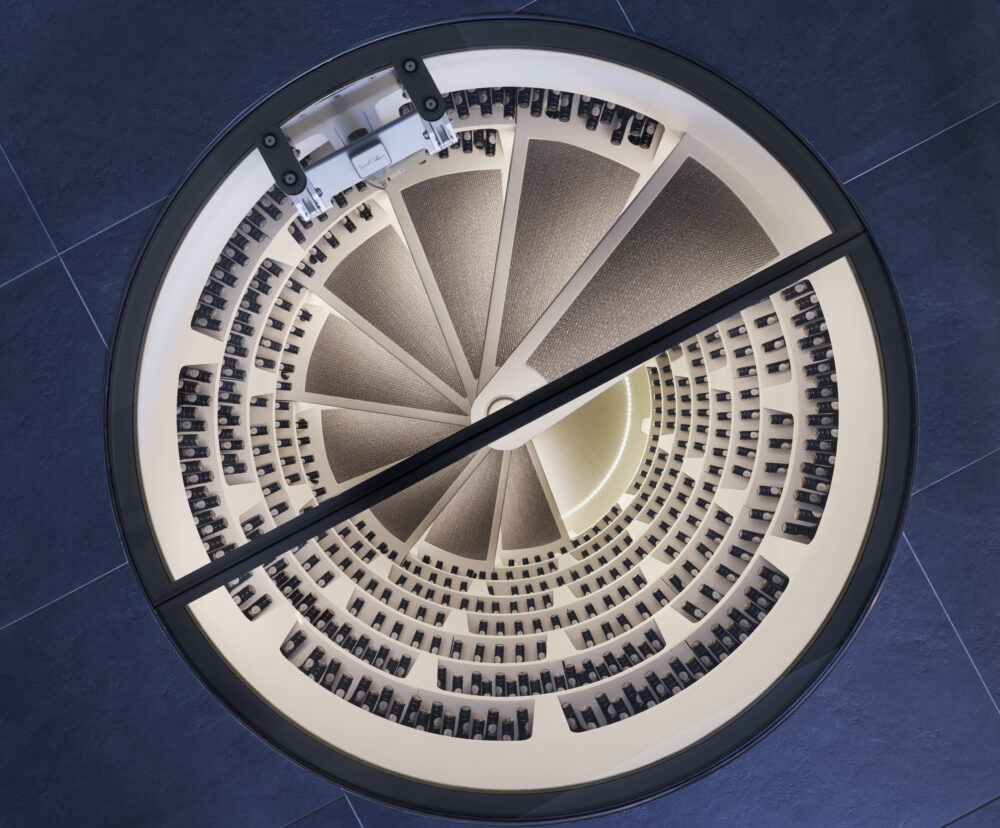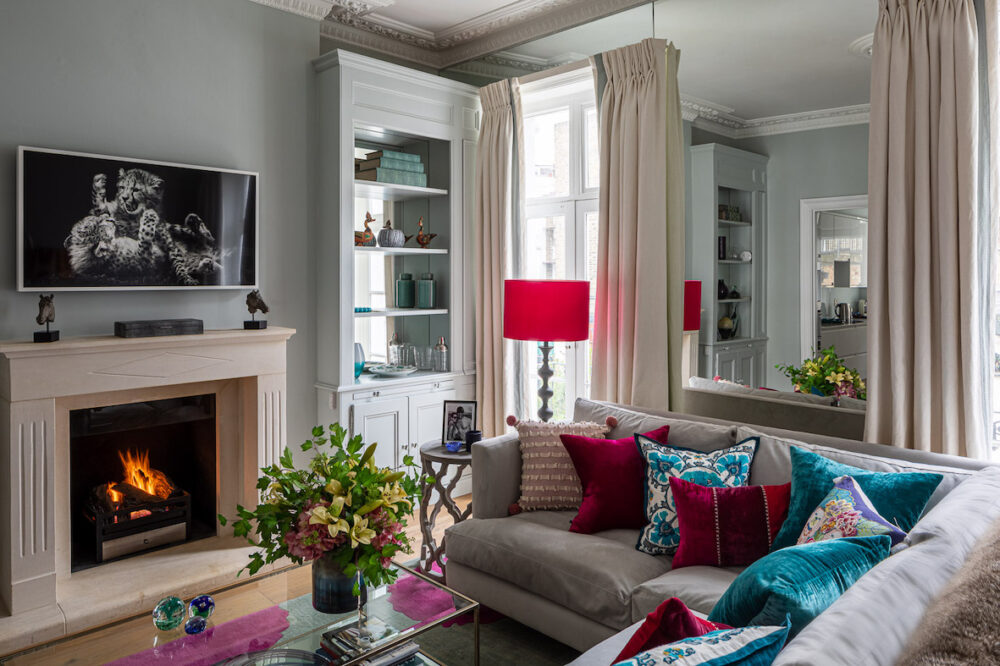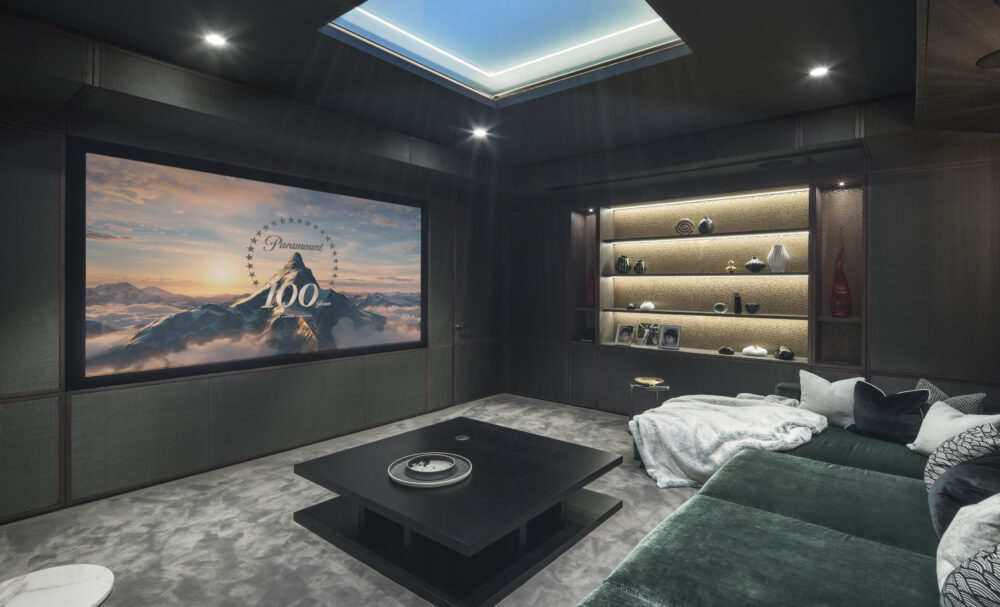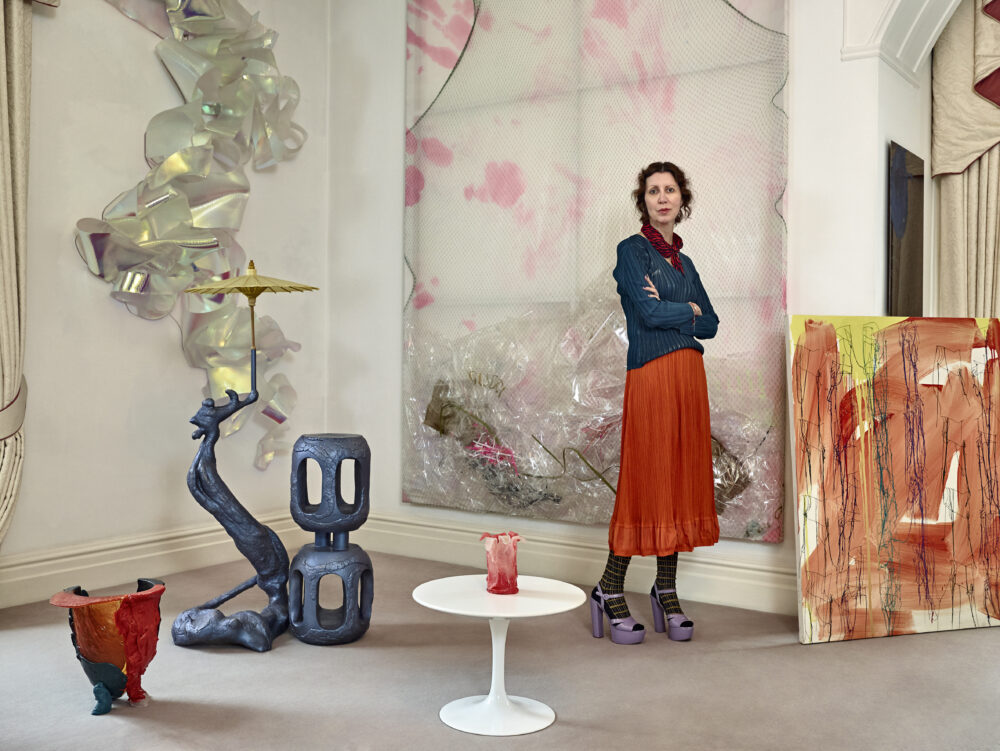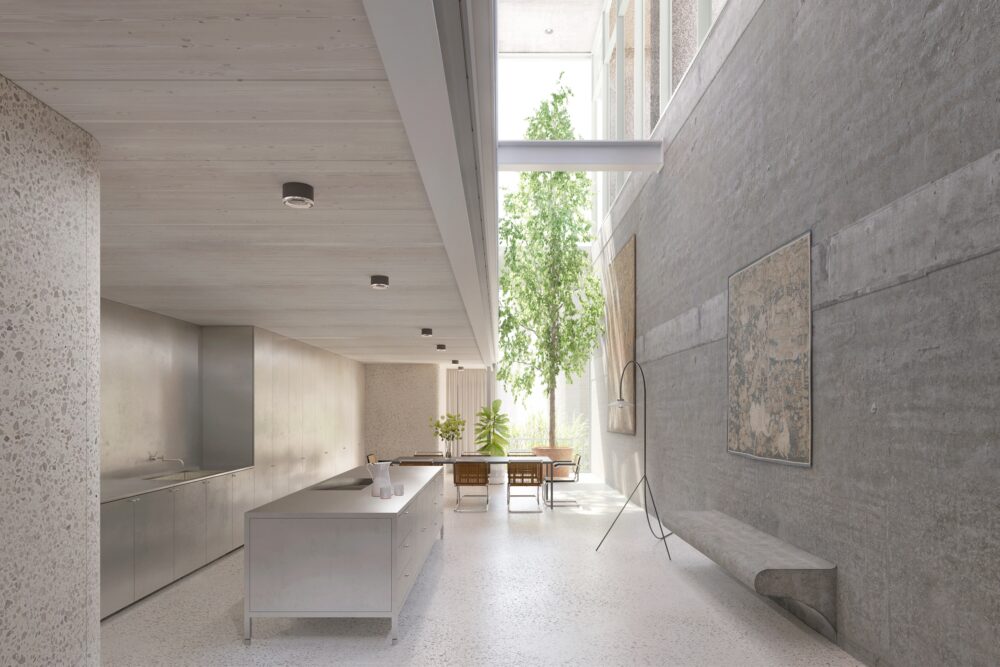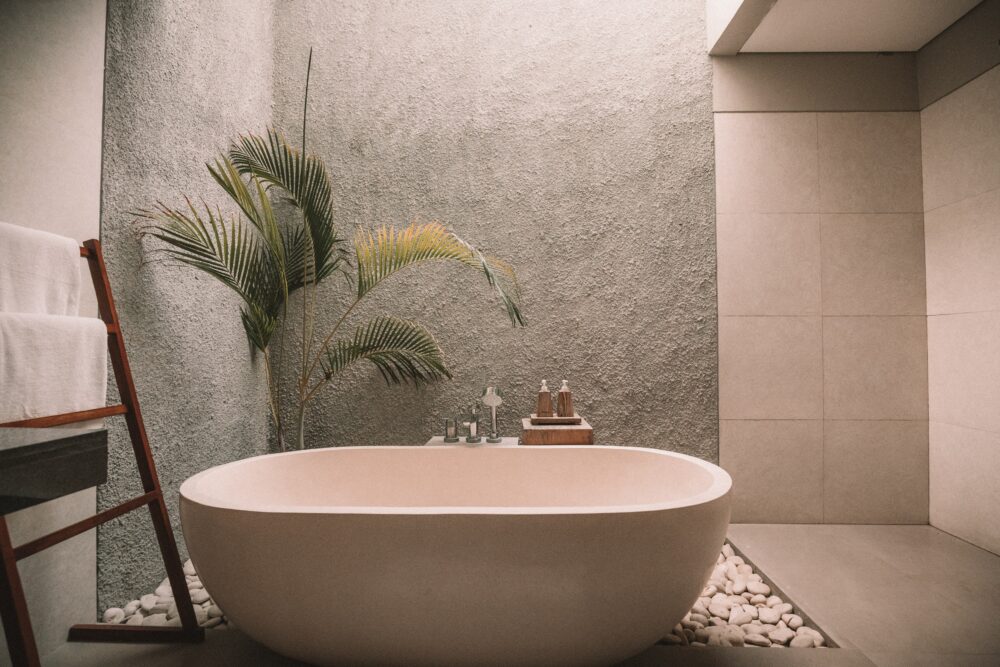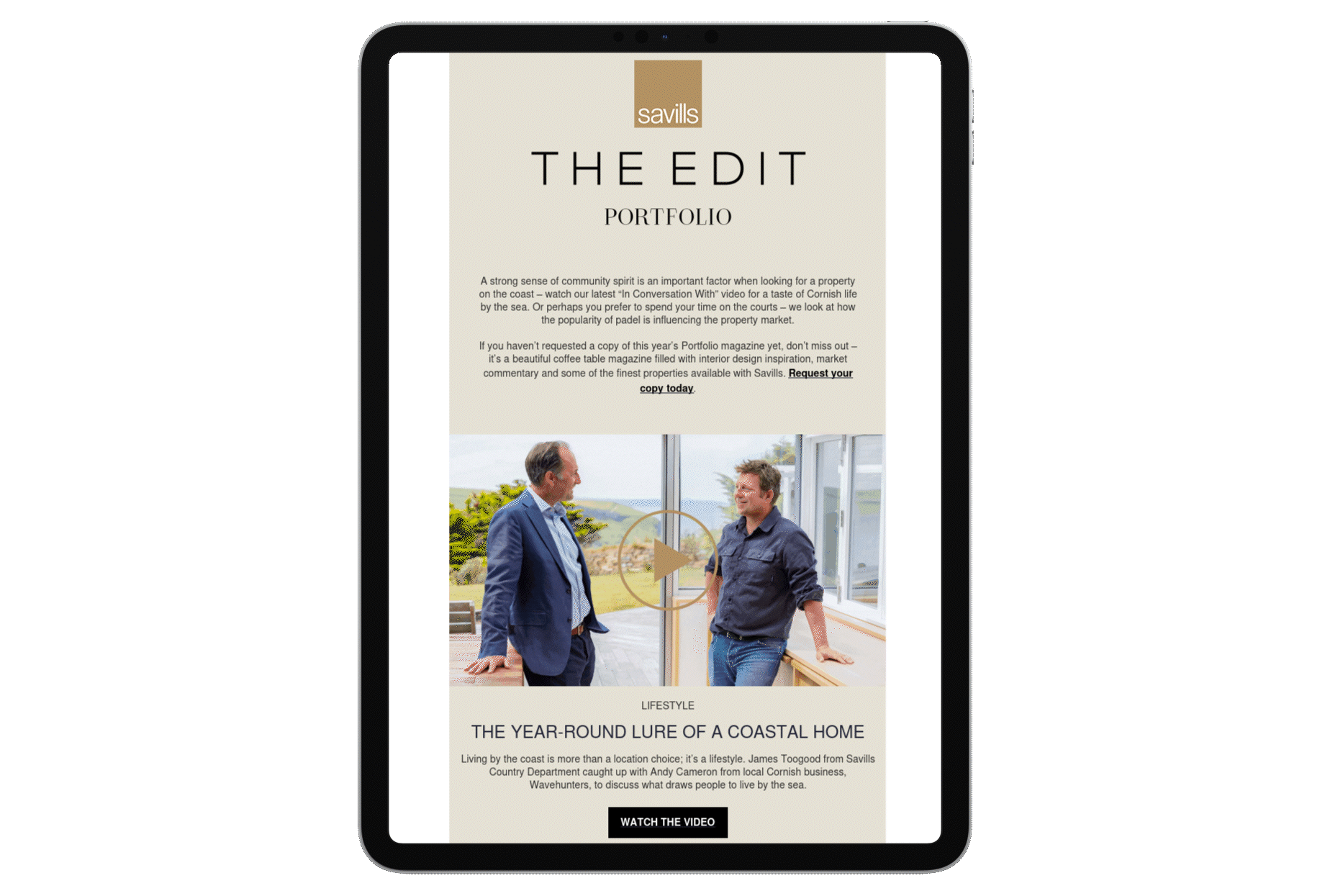What do you do with a client who wants dimmable lighting, but fears modern tech will clash with the historic look of their 200-year-old house? That was the design dilemma faced recently by Chris Pask, a director at the London architecture and interiors firm Charlton Brown.
The solution? “Light switches that look like the old-school toggle version, but when you hold down the switch, the lights dim,” says Pask, whose company has a reputation for high-quality residential design. “They’re not overly complex, but they have greater technical functionality than a traditional light switch.”
At the other end of the home technology scale was a client of Letitia Fitzgibbon, who heads up Harrods Interior Design. “She wanted to control everything from one screen,” says Fitzgibbon. “That included her security. She needed to be able to set it for various areas in the house as she left and arrived home, as well as controlling the lighting, temperature and sound system.”
An array of technology is now standard in high-end homes, with a startling range of options available. Fingerprint recognition allows keyless access to houses (or wine cellars or safes), hidden TV screens rise out of the floor on command and home cinemas are linked to film distributors, allowing movies to be watched on the day they are released to multiplexes across the land. Increasingly, heating and air-conditioning systems are being synced with heat pumps for guilt-free energy use.
But can you have too much technology at home? For Pask, the idea that we all want tech “of ever-increasing complexity, control panels with 16 settings that no one understands, is dead”. “Technology needs to be intuitive, easy to understand and use,” he says. “People don’t want their life ruled by it.”
“We have clients who rip tech out because they find it too complicated,” says Emma Deterding, founder and creative director of the luxury interiors company Kelling Designs. “If you have a highfalutin system that means you and any guests staying have to read a five-page manual before you can turn on a radio, it doesn’t make life easier at all.”
That said, there is now a level of home technology that is considered standard. “A really great five-star hotel has lovely design and finishes, but what sets it apart is that the temperature is always comfortable and there’s a great ambiance that changes from day into evening,” says Fitzgibbon. “For me, those are the most important elements to creating that sense of luxury.”
With increasing awareness of how light affects mood, levels can be increased to create uplifting day settings, dimmed for a relaxing evening or pitched somewhere between the two for a dinner-party atmosphere. Artificial skylights can even brighten subterranean rooms. “An opaque or hidden LED light source in the ceiling recreates daylight as well as giving the visual appearance of sky,” says Pask. Window treatments that can be operated remotely are another popular choice. “We’re also beginning to see voice activation, which saves you from losing the remote,” says Fitzgibbon.
Sound systems “can be as simple as connecting Sonos to play your Spotify list”, says Deterding. Another option is integrating speakers into light fittings and controlling them via a phone. “It’s not for the music purist, but it simplifies tech in the home and is a good solution if you’re retrofitting,” says Fitzgibbon. With vinyl so popular now, Pask is often asked to link sound systems to record players, “so you can put on a record and have the luxury of listening to it anywhere in the house”.
Another tech growth area is showcasing digital art. “People don’t want to just look at it on their laptops,” says Pask, “so they’re investing in super-quality display screens on a wall that can be backlit and even have the addition of low-reflectivity glass for a gallery standard.”
For those who do want to invest in more complex technology, Fitzgibbon recommends a concierge service. “With high levels of complicated tech, there are always software updates and glitches to fix – a concierge service means these can be done without you even knowing about it.”
Ultimately, how much technology you have in the home is a personal choice. “It’s what you feel comfortable using,” says Fitzgibbon. “You can have as little or as much as you like.” Smart tech doesn’t have to take over your world – not quite yet, anyhow.
Pictures from top: this cinema room by Charlton Brown benefits from an artificial ‘skylight’; the ultimate walk-in wine cellar; digital wall art in a design by Kelling; controlling solar lights via an app; Charlton Brown’s design focuses on the big screen


